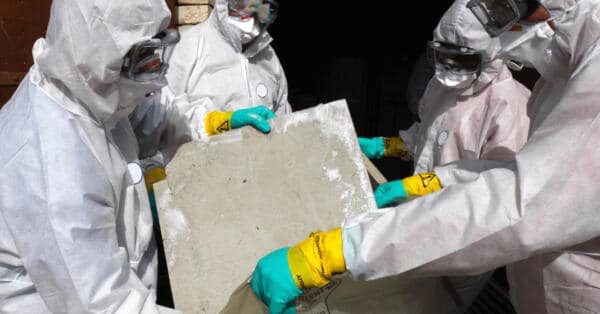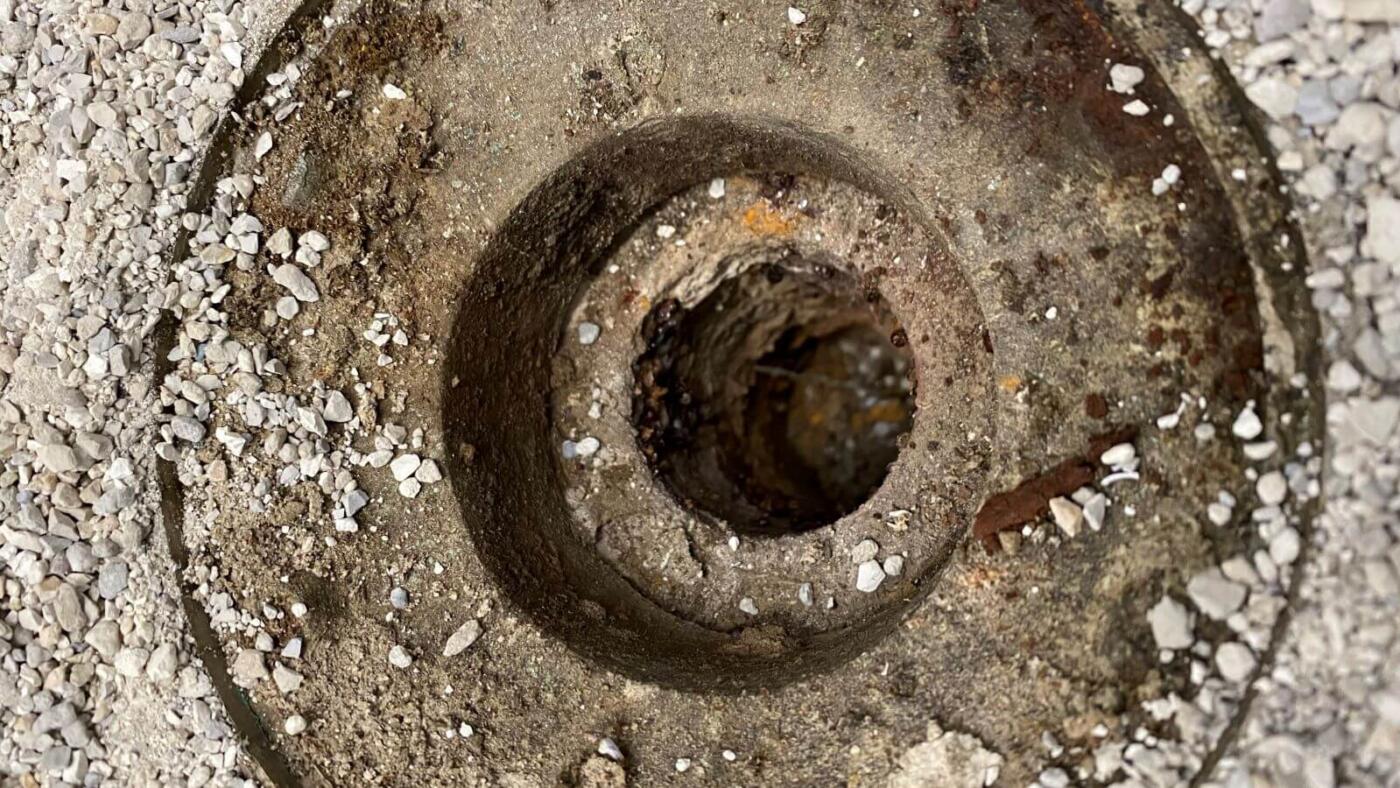Odor Science
I like a good puzzle as much as the next scientist. But some of the most challenging puzzles in my career have been when a client calls and has an odor problem in their building. The client has a general perception of the odor and uses the usual descriptive words such as mildew, methane, rotten eggs, plastic, or, my favorite, crayons. How is an issue that includes a number of variables involved in the human perception of odor investigated? AND how do you do that when you might not have a strong sense of smell and “olfactory fatigue” (when you smell an odor for a period of time and then you cannot smell it anymore) occurs quickly? Odor science including particular thresholds has been an evolving science for as long as humans have had noses. “A reported odor threshold is a concentration of odorant expected to be either detected or recognized by fifty percent of people with normal olfactory function.”
Chemical Odors
We can anticipate that chemicals, such as volatile organic compounds (VOC), release odors and some may be offensive and/or irritating. Upper respiratory and mucous membrane irritation (including the eyes, nose, and throat) and headache are among the most frequently reported symptoms in office buildings with VOC exposures. Several compounds have low odor thresholds, such as sulfur and alcohol. Although some chemicals are detectable at very low concentrations, not all chemicals are considered a toxicological concern at those low concentrations.
Odor Exposure
With each exposure scenario, VERTEX industrial hygienists hone their skills in the art and science of anticipation, recognition, evaluation, and control of hazards. In the matter of occupant satisfaction, symptoms must be taken seriously with the goal of reducing the odor intensity to below the perceived irritant level. The factors that influence the perception of odors include frequency, intensity, duration, location, and offensiveness.
Our experience tells us that the typical chemicals within our workplaces that may contribute to the odor include, sulfur from uncapped or dry drain pipes, alcohols from cleaning supplies, perfumes worn or sprayed by occupants, and ozone from copiers.
Odor Investigations
In many odor investigations, we collect typical measurements including temperature, relative humidity, carbon dioxide (CO2), hydrogen sulfide, formaldehyde, and volatile organic compounds. Each of these parameters can lead us in different directions. Since building ventilation systems are often connected with odor concerns, in this blog, we will focus on carbon dioxide as it is a useful surrogate measure of the outside (fresh air) air ventilation and to estimate the adequacy of building ventilation rates. If the indoor carbon dioxide concentrations are able to accumulate and are not ventilated properly, we can surmise that other chemicals would also accumulate in the indoor air. The ASHRAE Standard 62.1, Ventilation for Acceptable Indoor Air Quality, gives specific design criteria for determining the ventilation rates for different types of facilities. The standard calls for outdoor air supply requirements based on the physical characteristics of the space and what activities take place in the space. If the CO2 concentrations are maintained below this level, 80% or more of the occupants within the space will be satisfied with respect to human body odor or other odors. Symptoms often decrease with increasing (per person) ventilation rates.
Observations include evidence of water intrusion, mold growth, inventory of chemicals, equipment, or other items that emit odors, as well as human factors that may contribute to odors (bathrooms, smoking, eating, perfumes, candles, etc.).
Controlling odors, or reducing odor is generally accomplished by improving the ventilation and increasing circulation (running the fan continuously). Another important factor to determine is whether restrooms are under negative pressure in relation to surrounding spaces, especially when the building is occupied.
If the odor persists even after ventilation improvements, then building components must be evaluated. Some scientists link carpeting to persistent indoor odors and VOCs. They suggest that carpets may harbor biological organisms, which are released with normal wear and tear on carpeting. It may also be due to a reaction with the glue and or wet concrete. When replacing carpeting (or other building components) choose your new products wisely. Careful selection of other construction materials and finishes is imperative to reducing the sources of odors (VOCs). Many items in the marketplace have a low VOC version. Store new furnishing and solvents in clean, dry, and well-ventilated areas or use materials that have already had the opportunity to off-gas. Concrete slab testing for moisture content should be performed prior to adhering any flooring materials. Always refer to ANSI and ASHRAE recommendations.
How Can VERTEX Help?
When you have an odor concern, look to industrial hygienists with skills and experience to identify, evaluate and control the source of the odors. VERTEX has Certified Industrial Hygienists nationwide that have worked on chemical exposure assessments (personal and ambient) including odor evaluations at manufacturing facilities, offices, government facilities, amusement parks, hospitality venues and schools (k-12 and Universities), to name a few.
To learn more about VERTEX’s Industrial Hygiene & Building Sciences services or to speak with a Certified Industrial Hygienist, call 888.298.5162 or submit an inquiry.
Author: Nacole Caputo CIH





